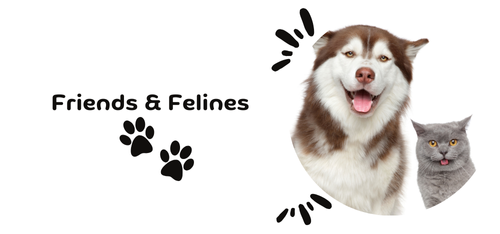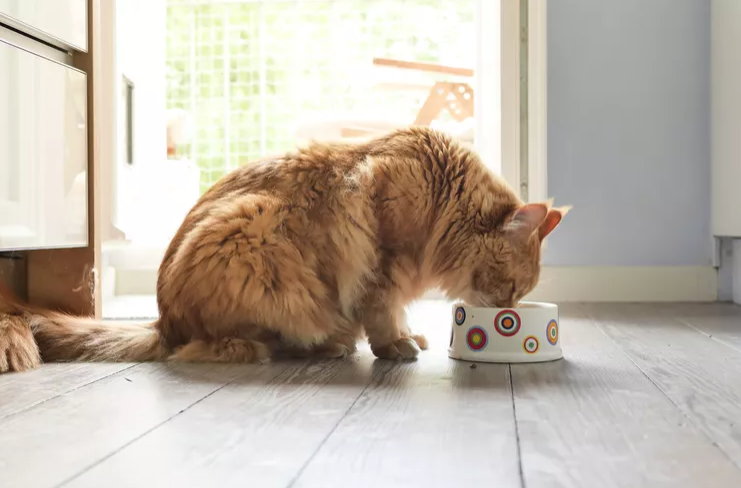The debate over raw diets for cats has been gaining attention among pet owners. Advocates claim it’s a more natural way of feeding, while critics warn of potential risks. So, is a raw diet right for your feline friend? Let’s explore the pros and cons to help you make an informed decision.
What Is a Raw Diet for Cats?
A raw diet, often called a “BARF” diet (Biologically Appropriate Raw Food), consists of uncooked meats, bones, organs, and sometimes fruits and vegetables. The idea is to mimic what cats would eat in the wild.
Pros of Feeding Your Cat a Raw Diet
🐾 1. High in Protein and Nutrients
Cats are obligate carnivores, meaning they require a diet primarily made of meat. A raw diet provides high-quality animal protein, which supports muscle health and overall well-being.
🦷 2. Improved Dental Health
Chewing raw meat and bones can help clean a cat’s teeth naturally, reducing plaque and the risk of dental diseases.
🩺 3. Better Digestion and Less Waste
Raw diets are free from fillers and artificial additives, making them easier for cats to digest. Many owners report smaller, less odorous stools as a result.
🐱 4. Shinier Coat and Healthier Skin
The natural fats and oils in raw meat can lead to a shinier coat and healthier skin, reducing issues like dandruff and excessive shedding.
⚡ 5. Increased Energy Levels
Some cat owners notice that their pets become more active and playful on a raw diet, likely due to better nutrition and the absence of processed ingredients.
Cons of Feeding Your Cat a Raw Diet
⚠️ 1. Risk of Bacterial Contamination
Raw meat can carry bacteria like Salmonella and E. coli, which can pose health risks to both cats and their owners. Proper handling and hygiene are crucial.
🏥 2. Nutritional Imbalances
A raw diet must be carefully balanced. Cats require essential nutrients like taurine, calcium, and phosphorus, and an improperly formulated diet can lead to deficiencies or health issues.
💰 3. Cost and Preparation Time
Raw feeding can be expensive and time-consuming, as it requires sourcing high-quality ingredients, portioning meals, and ensuring proper storage.
🚫 4. Potential for Choking or Injury
Bones, if not properly prepared, can pose a choking hazard or cause intestinal blockages. Soft, ground bones or bone meal are safer alternatives.
🤔 5. Not Recommended for All Cats
Kittens, senior cats, and those with compromised immune systems may struggle to process raw food. Always consult with a vet before switching diets.
Is a Raw Diet Right for Your Cat?
If you’re considering feeding your cat a raw diet, research is key. Work with a veterinarian or pet nutritionist to ensure your cat gets all the essential nutrients. If the risks concern you, high-quality commercial wet or dry food may be a safer alternative.
At the end of the day, the best diet is one that keeps your cat healthy, happy, and thriving. Whatever you choose, make sure it’s well-balanced and suited to your cat’s individual needs.



